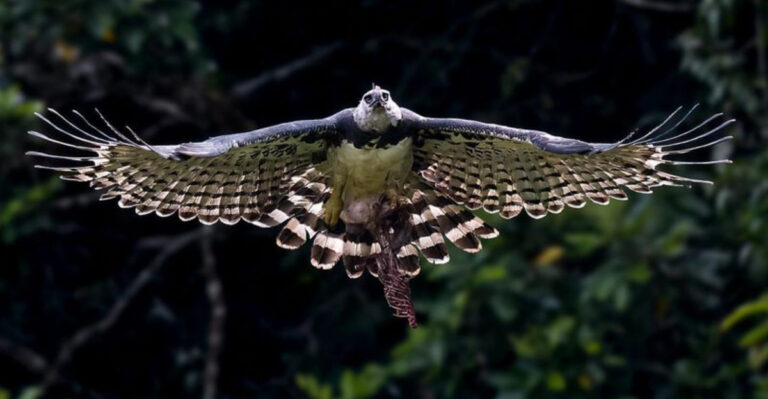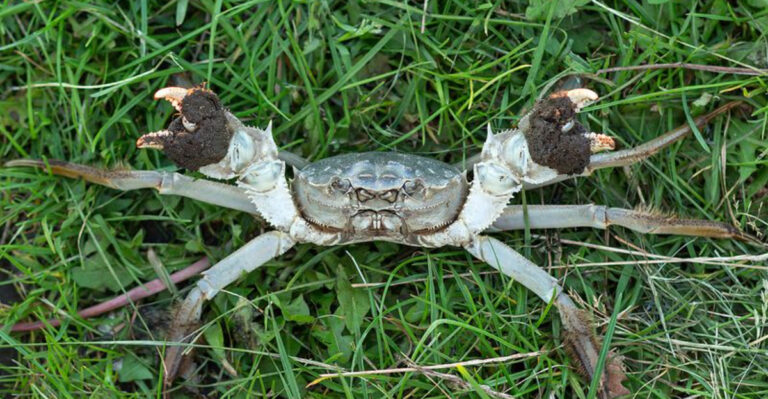These Rare Birds Were Declared Extinct, Until They Suddenly Came Back
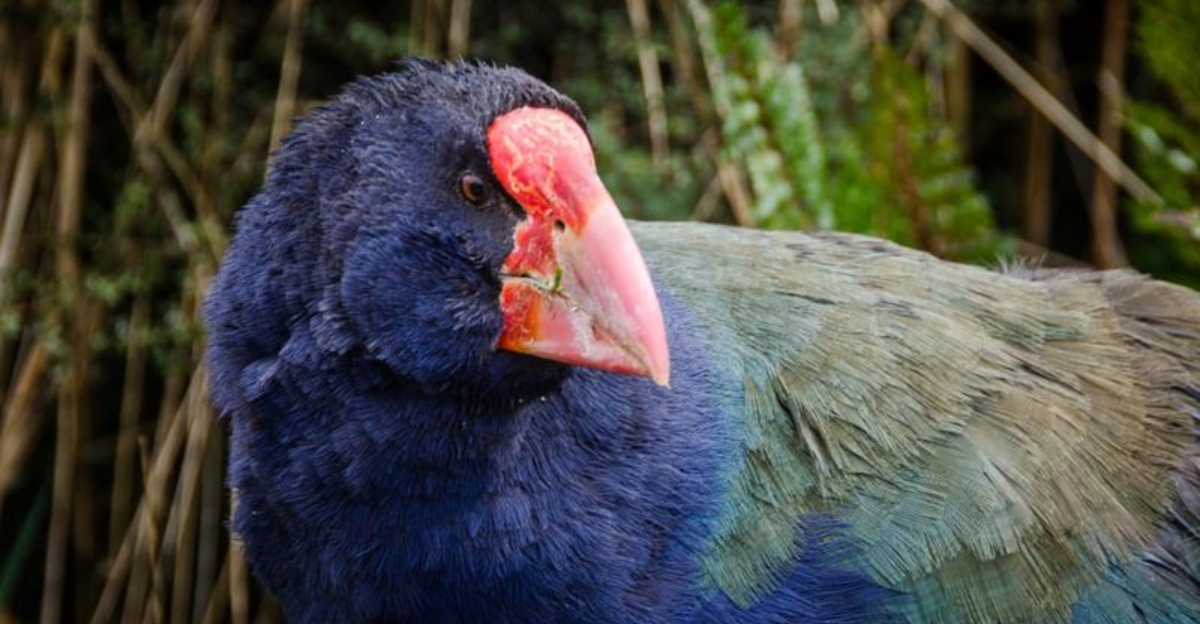
The natural world still holds amazing surprises for us. Sometimes, birds that scientists had given up for lost forever make unexpected comebacks.
These incredible feathered survivors manage to cling to existence in remote corners of our planet, evading detection for years or even decades before being spotted again. Their rediscoveries give us hope that other species might still be out there, waiting to be found.
1. Known As A “Lazarus Species”
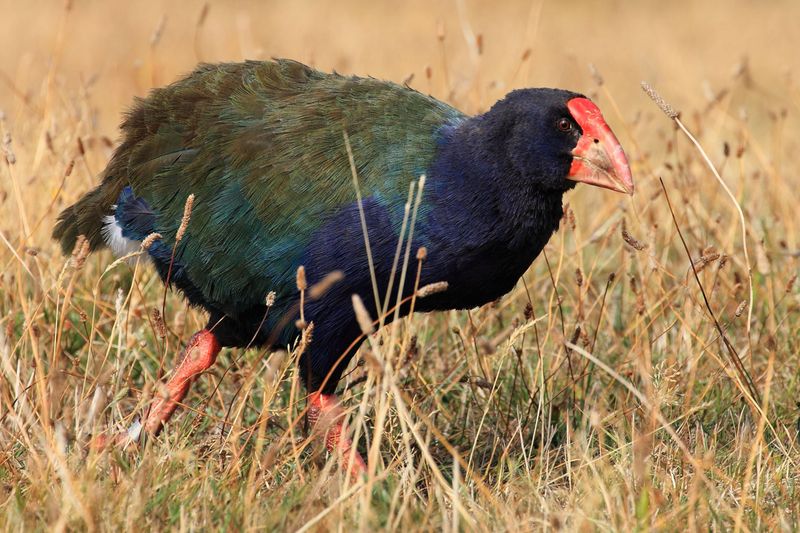
The term “Lazarus species” perfectly captures the miraculous nature of these comebacks. Just like the biblical Lazarus who rose from the grave, these birds return from scientific oblivion to the world of the living.
Ornithologists use this dramatic label for any species rediscovered after being formally declared extinct. The phenomenon isn’t limited to birds – mammals, amphibians, and plants have all pulled off similar resurrections.
2. Many Were Found In Unexpected Places
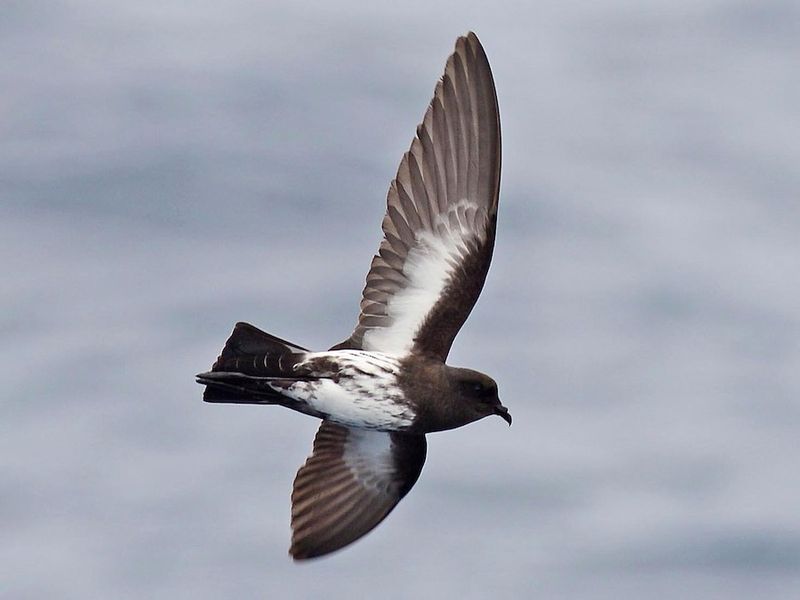
Contrary to what you might imagine, not all rediscovered birds were hiding in impenetrable jungles. The New Zealand storm petrel was spotted right in busy shipping lanes near Auckland in 2003, despite being “extinct” for over a century!
Similarly, the Bahama nuthatch persisted near a tourist resort. These surprising locations remind us that remarkable discoveries can happen practically in our backyards.
3. Technology Played a Major Role in Rediscoveries
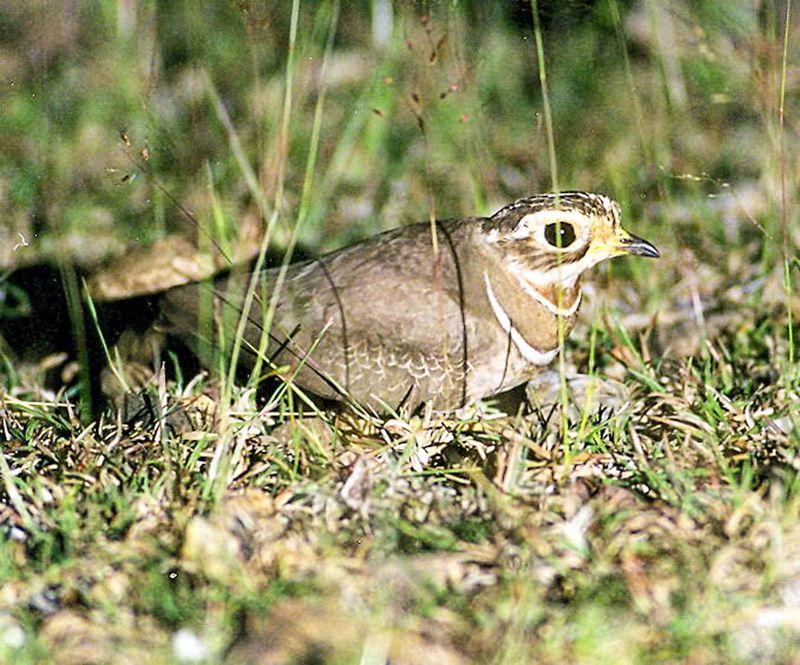
Modern tech has revolutionized how we find “extinct” birds. Camera traps caught the first images of the Jerdon’s courser in India after 80 years of absence. Recording devices detected the distinctive call of the Cuban kite thought gone for decades.
Satellite imagery helps identify potential habitat before expeditions even begin. DNA analysis confirms species identity when visual identification alone isn’t enough, especially with similar-looking birds.
4. The Takahe Fooled Scientists for 50 Years
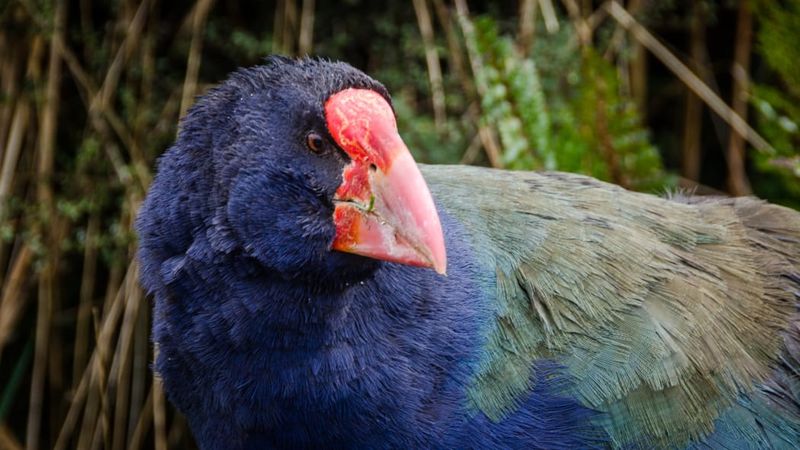
New Zealand’s flightless takahe represents one of conservation’s greatest surprises. After being declared extinct in 1898, this colorful, chicken-sized bird with a massive red bill remained hidden for half a century.
The breakthrough came when physician Geoffrey Orbell ventured into the remote Murchison Mountains in 1948. He discovered a small population surviving in isolated alpine valleys, far from their original lowland habitat. Scientists had been looking in all the wrong places!
5. Some Were Spotted by Amateur Birdwatchers
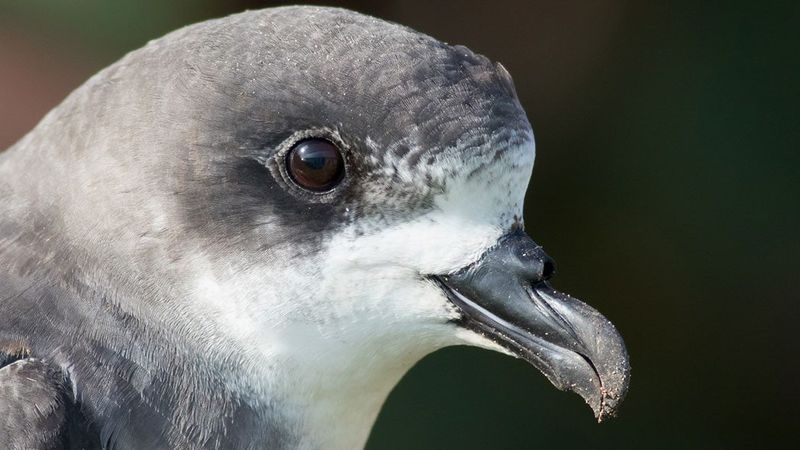
Professional scientists aren’t always the heroes in rediscovery stories. The Bermuda petrel, presumed extinct for 330 years, was found by local schoolboy David Wingate in 1951. His discovery launched his lifelong conservation career.
Similarly, a hobby birdwatcher photographed the Black-browed Babbler in Borneo in 2020, ending its 172-year absence. These stories highlight how passionate amateurs with keen eyes contribute significantly to scientific knowledge.
6. The Cebu Flowerpecker’s Comeback Was A Shock
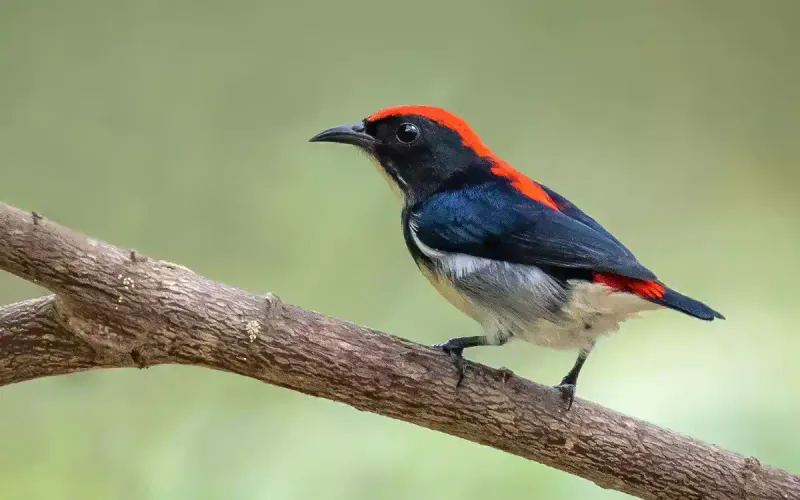
By 1990, the Philippines’ Cebu island had lost 99% of its forests. Most scientists assumed the tiny, brilliantly-colored Cebu flowerpecker had disappeared with them.
A British expedition in 1992 proved everyone wrong. They found the bird clinging to existence in a 10-square-kilometer forest fragment. Measuring just 10 centimeters long, this little survivor demonstrated remarkable resilience despite overwhelming habitat destruction.
7. Habitat Loss Remains Their Greatest Threat
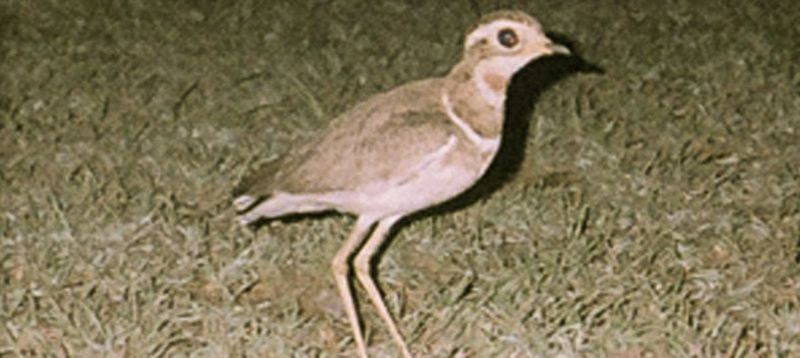
The joy of rediscovery often gives way to sobering reality. The Jerdon’s courser was found again in 1986 but remains critically endangered with fewer than 50 birds left. Their habitat continues shrinking due to agriculture, mining, and development.
Even more heartbreaking are cases like the Pohnpei mountain starling, rediscovered in 1995 only to disappear again shortly after. Without immediate habitat protection, these second chances can be tragically brief.
8. The Madagascar Pochard Returned After 15 Years
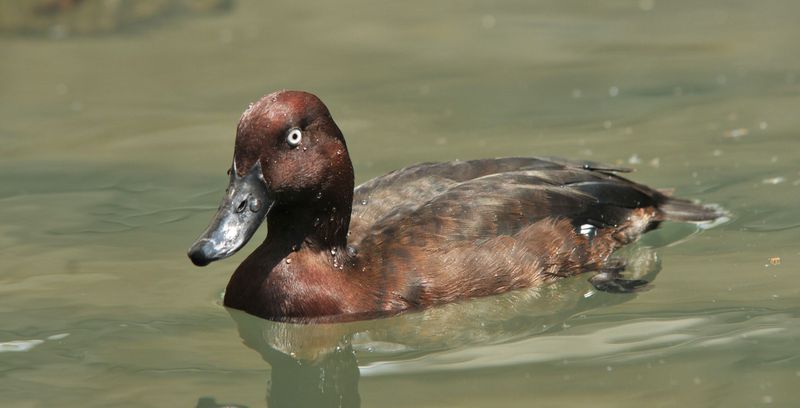
Madagascar’s rarest duck vanished in the 1990s when Lake Alaotra became too polluted to support it. Conservationists mourned another extinction until 2006, when a tiny population was discovered on a remote volcanic lake.
Only 25 birds remained! Conservation groups quickly established a captive breeding program. By 2018, they’d raised enough ducks to begin reintroductions to a restored lake habitat, giving this critically endangered species a fighting chance.
9. Some Rediscoveries Were Kept Secret At First
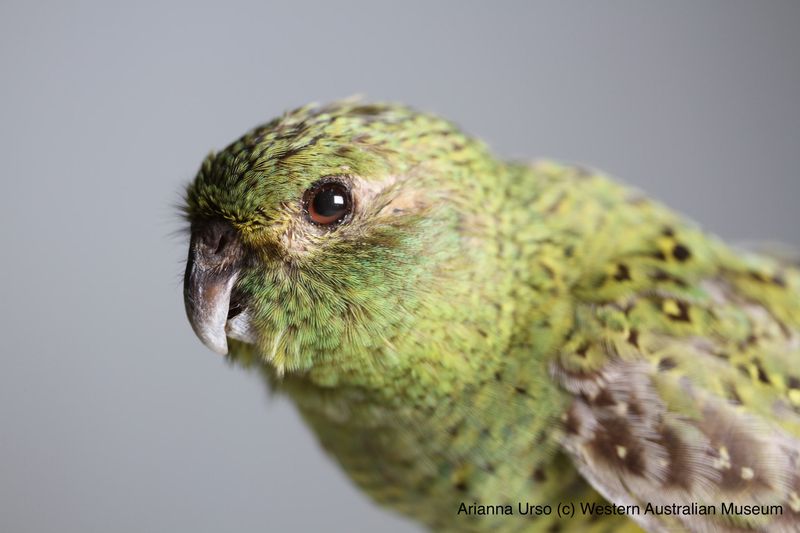
When the night parrot was photographed in Australia in 2013 after a century of presumed extinction, researchers kept the location strictly confidential. Revealing it could have brought a flood of photographers, disturbing the birds or attracting illegal wildlife collectors.
Similar secrecy surrounded the rediscovery of the Cebu flowerpecker and New Britain rail. Conservation sometimes requires balancing public excitement against protection of extremely vulnerable populations.
10. The Black-Fronted Piping Guan Reemerged In Brazil
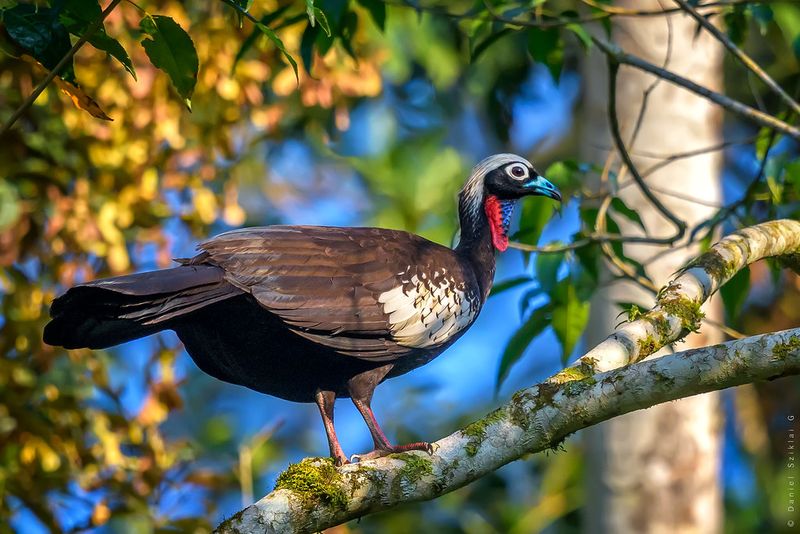
For over four decades, this distinctive turkey-sized bird with a blue face and spiky crest was missing from Brazil’s Atlantic Forest. Extensive deforestation had seemingly wiped it out.
Then in 2016, several birds appeared near a protected reserve. Local conservation efforts had unknowingly preserved just enough habitat for a tiny population to survive. Researchers are now working with communities to expand forest corridors connecting these isolated survivors.
11. DNA Has Confirmed Some Reappearances
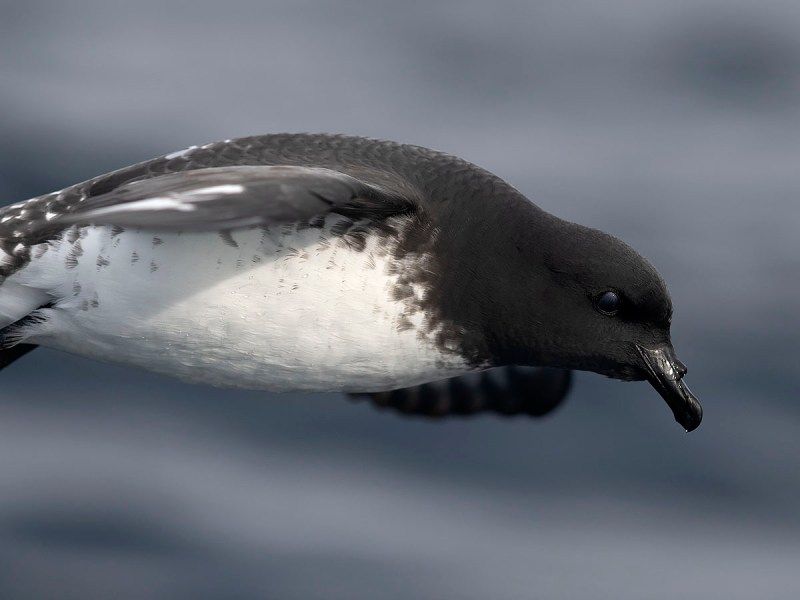
When the Bermuda petrel reappeared, some scientists questioned whether it was truly the same species thought extinct. Genetic testing later confirmed its identity.
Similarly, DNA analysis helped verify the rediscovery of the New Zealand storm petrel in 2003. Modern genetic techniques can determine if a “rediscovered” bird is actually the original species or just a similar-looking relative, adding scientific certainty to what might otherwise be disputed claims.
12. They Remind Us To Never Give Up On Nature
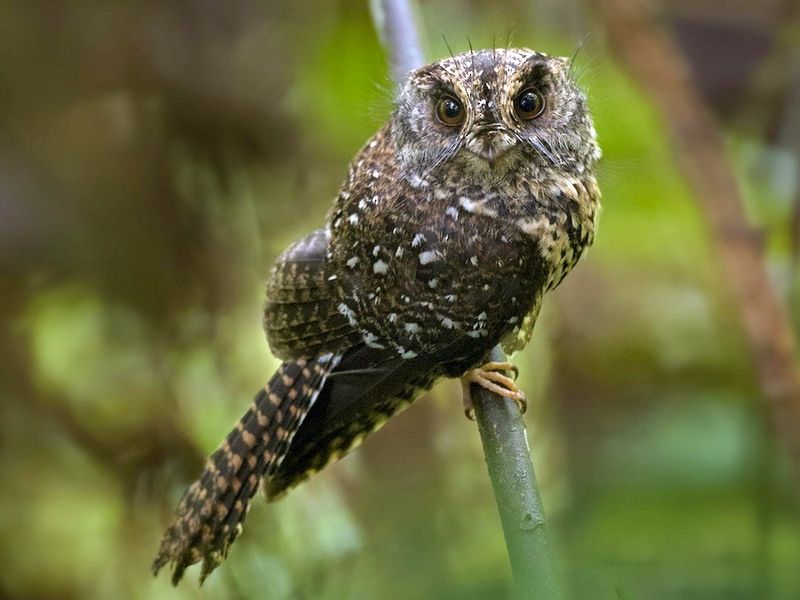
Each rediscovery story reads like a miracle. The New Caledonian owlet-nightjar, unseen since 1998, reappeared in 2022. The Ivory-billed Woodpecker, though controversial, continues to inspire searches decades after presumed extinction.
These persistent birds teach us resilience. They show that even when situations seem hopeless, nature finds a way. Conservation efforts for seemingly lost causes aren’t wasted – they’re investments in possibilities we can’t yet imagine.




